Karnali to Padma: Different solutions to the same climate crisis
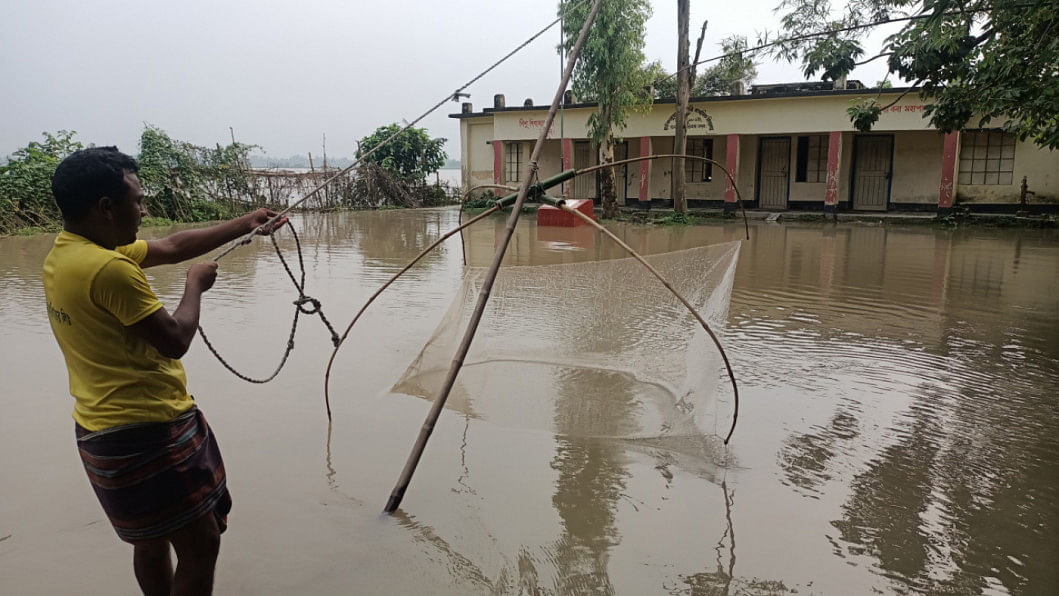
Historically, rivers have nurtured human civilisations all over the world. From economy to culture, rivers have played a key role in people's lives.
In Asia, among the major rivers, Karnali in Nepal is a significant one. Originating in Lake Manasarovar in neighbouring Tibet and cutting through the Himalayas to pass through Nepal, arriving in India where it is called the Ghaghara River before joining the Ganges, and then entering Bangladesh to become the Padma, it pairs with the Brahmaputra before finally flowing into the Bay of Bengal.
Due to global warming, glaciers in the Tibetan Plateau are melting, altering the discharge. Climate change is also changing the monsoon, making the season last longer, increasing temperatures, and leading to heavier rainstorms.
This change in rivers' flow has had devastating impacts across the region. However, the Karnali is a major river originating in the high Himalayas, and climate change and higher rainfall intensity is having a greater impact in its tributaries, which spring from the mid hills.
These "flashy" rivers rapidly change into raging torrents when heavy rains fall in the mid hills. These climate impacts are forcing the communities living on the river's bank to live in increased uncertainty and having to deal with the threat of unprecedented hydrological hazards. This is seriously impacting their lives and livelihoods, with flood impacts preventing people from escaping poverty.
While communities are surviving flood events, over the years, climate change has been intensifying the crisis, indicating that adaptation measures are inadequate for the scale of the challenge. Therefore, both local authorities and development partners are consulting with local people to understand the challenge and be better prepared for action. It has become more important now to work with local communities and authorities to share ideas of science, innovation, and decide on the best course of action.
As part of adaptive solutions, Flood Resilience Measurement for Communities (FRMC) is working as a way to measure the local sources of a resilient community. The tool utilises simple technology to collect and process data through an online software that provides a measure of community resilience. This can then be used to help the community explore development options in consultation with local government and especially the local Disaster Management Committees (DMC's).
In western Nepal, it has been identified that the protection of crops and livestock is important. Therefore, the country is successfully working with local partners to develop an innovative, first-of-its-kind parametric insurance product to protect rice paddy cultivation from floods. This product has been mobilised through local cooperatives, with the support of local authorities. Thanks to the insurance coverage, the local productive system will be more robust against flooding, stimulating increased investment and leading to economic development of the region.
In Bangladesh, the Ministry of Disaster Management and Relief launched a mobile-based Disaster Management app called "Disaster Alert." This tool brings together a variety of data such as weather, agro forecasting data, shelter occupancy, location of volunteer responders, status of health centres, etc – all information that first responders and flood-impacted people need in order to make instant decisions in times of crisis.
To support the app, selected Union Parishads under Faridpur district have installed digital weather boards which are accessible to all local people when they visit local government offices. To date, adopting an inclusive weather dissemination service has been very effective in reducing further impacts of climate change, thus supporting the government of Bangladesh's position that loss and damage caused by the climate crisis need to be averted and minimised where possible. Where this is not possible, we need an international process to compensate farmers for their losses.
The aforementioned examples demonstrate the rising costs of climate losses and damages, but also demonstrate the potential solutions. Unfortunately, we are not seeing the progress that is needed.
It's time to scale up actions across all three components: mitigation, adaptation, and loss and damage. When the world embarked on its journey to respond to the climate crisis, the climate convention highlighted the common but differentiated responsibilities and respective capabilities of different parties. Countries with capacities must share them with those who lack such capacities, those with the adequate technologies must share them with countries which are not well-adapted technologically, and those with financial resources should support those who lack the financial capacity to invest in climate solutions. This is the essence of climate justice. The ongoing COP27 is the right moment to reflect on our progress and deliver on this collective goal.
Shahnawaz Whara is regional climate and resilience advocacy manager at Practical Action. Colin McQuistan is head of climate and resilience at Practical Action.

 For all latest news, follow The Daily Star's Google News channel.
For all latest news, follow The Daily Star's Google News channel. 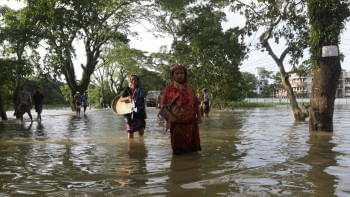
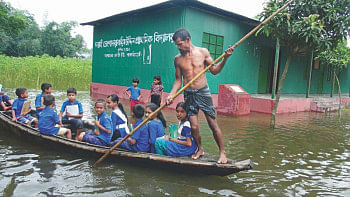
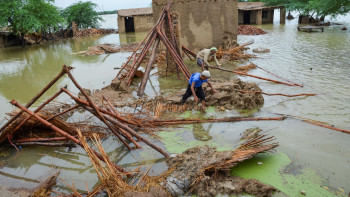



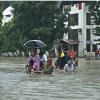

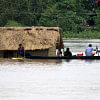
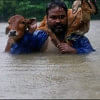


Comments